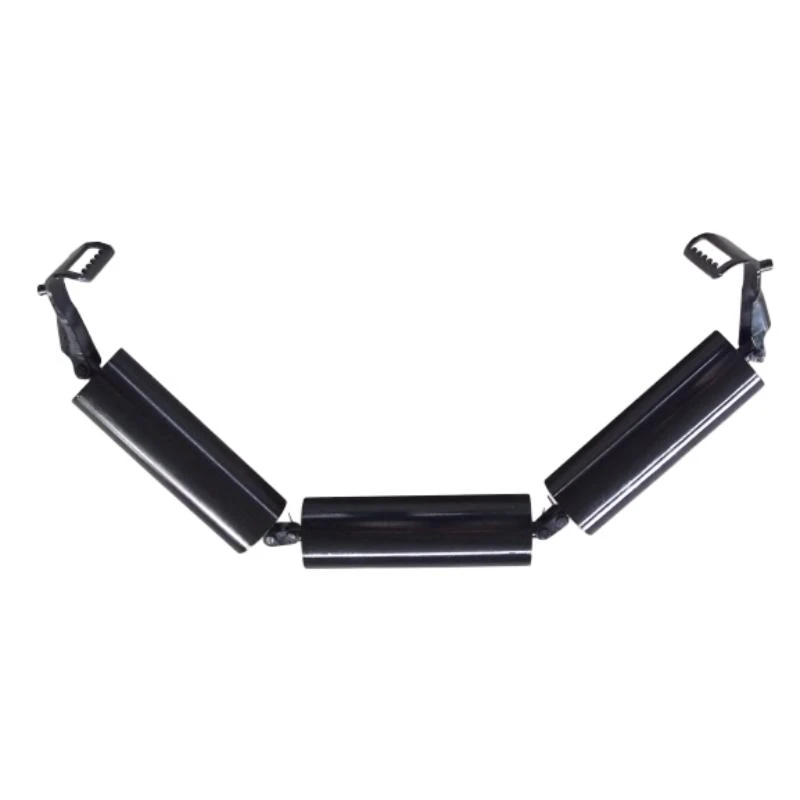 Afrikaans
Afrikaans  Albanian
Albanian  Amharic
Amharic  Arabic
Arabic  Armenian
Armenian  Azerbaijani
Azerbaijani  Basque
Basque  Belarusian
Belarusian  Bengali
Bengali  Bosnian
Bosnian  Bulgarian
Bulgarian  Catalan
Catalan  Cebuano
Cebuano  Corsican
Corsican  Croatian
Croatian  Czech
Czech  Danish
Danish  Dutch
Dutch  English
English  Esperanto
Esperanto  Estonian
Estonian  Finnish
Finnish  French
French  Frisian
Frisian  Galician
Galician  Georgian
Georgian  German
German  Greek
Greek  Gujarati
Gujarati  Haitian Creole
Haitian Creole  hausa
hausa  hawaiian
hawaiian  Hebrew
Hebrew  Hindi
Hindi  Miao
Miao  Hungarian
Hungarian  Icelandic
Icelandic  igbo
igbo  Indonesian
Indonesian  irish
irish  Italian
Italian  Japanese
Japanese  Javanese
Javanese  Kannada
Kannada  kazakh
kazakh  Khmer
Khmer  Rwandese
Rwandese  Korean
Korean  Kurdish
Kurdish  Kyrgyz
Kyrgyz  Lao
Lao  Latin
Latin  Latvian
Latvian  Lithuanian
Lithuanian  Luxembourgish
Luxembourgish  Macedonian
Macedonian  Malgashi
Malgashi  Malay
Malay  Malayalam
Malayalam  Maltese
Maltese  Maori
Maori  Marathi
Marathi  Mongolian
Mongolian  Myanmar
Myanmar  Nepali
Nepali  Norwegian
Norwegian  Norwegian
Norwegian  Occitan
Occitan  Pashto
Pashto  Persian
Persian  Polish
Polish  Portuguese
Portuguese  Punjabi
Punjabi  Romanian
Romanian  Russian
Russian  Samoan
Samoan  Scottish Gaelic
Scottish Gaelic  Serbian
Serbian  Sesotho
Sesotho  Shona
Shona  Sindhi
Sindhi  Sinhala
Sinhala  Slovak
Slovak  Slovenian
Slovenian  Somali
Somali  Spanish
Spanish  Sundanese
Sundanese  Swahili
Swahili  Swedish
Swedish  Tagalog
Tagalog  Tajik
Tajik  Tamil
Tamil  Tatar
Tatar  Telugu
Telugu  Thai
Thai  Turkish
Turkish  Turkmen
Turkmen  Ukrainian
Ukrainian  Urdu
Urdu  Uighur
Uighur  Uzbek
Uzbek  Vietnamese
Vietnamese  Welsh
Welsh  Bantu
Bantu  Yiddish
Yiddish  Yoruba
Yoruba  Zulu
Zulu types of pulley in belt conveyor
Types of Pulleys in Belt Conveyors
Belt conveyors are essential components in modern industrial processes, enabling efficient transport of materials across various distances. A critical part of these systems is the pulley, which plays a vital role in the movement of the conveyor belt. Understanding the different types of pulleys used in belt conveyors can significantly improve design efficiency, maintenance, and overall performance. This article delves into the various types of pulleys commonly found in belt conveyor systems, their functions, and applications.
1. Drive Pulleys
Drive pulleys, also known as head pulleys, are typically located at the discharge end of the conveyor system. They are responsible for driving the belt and translating the energy from the motor into motion. Drive pulleys are crucial as they provide the necessary traction to keep the belt moving, allowing materials to be transported efficiently. These pulleys are often equipped with a lagging surface to enhance grip and prevent slippage between the belt and the pulley. Lagging may involve rubber coatings or textured materials to increase traction.
2. Tail Pulleys
Tail pulleys are located at the opposite end of drive pulleys, serving a different but equally important purpose. Their primary function is to support the belt's return run, ensuring it remains in proper alignment as it returns to the drive end. Tail pulleys are usually plain, meaning they do not have a drive mechanism. However, they can be fitted with a rubber lagging surface to protect them from wear and abrasion. Moreover, its design helps facilitate the belt's smooth return without damage, which is critical for long-term operational efficiency.
3. Snub Pulleys
Snub pulleys are utilized to improve the wrap angle of the belt around the drive pulley. By increasing this wrap angle, snub pulleys enhance traction and, consequently, the drive efficiency of the system. They are often found between the drive pulley and tail pulley, particularly in applications where space is limited or where increased torque is required. The optimal placement of snub pulleys helps in minimizing slippage and boosting overall performance.
types of pulley in belt conveyor

4. Idler Pulleys
Idler pulleys are not powered, but they play a significant role in the efficient function of the belt conveyor. They support the conveyor belt along its length, maintaining its tension and alignment. Idler pulleys help to prevent sagging, which can lead to material spillage and reduced operational efficiency. These pulleys can be fixed or adjustable, allowing for tension control as per the specific needs of the conveyor system. Common types of idler pulleys include troughing idlers, which are designed to support the belt in a concave shape, aiding in the containment of materials.
5. Take-Up Pulleys
Take-up pulleys are instrumental in maintaining the tension on the conveyor belt, which is essential for optimal operation. These are found at either end of the conveyor and are designed to compensate for belt stretch or wear over time. The tensioning mechanism is crucial as it prevents slippage, thereby reducing wear on both the belt and pulleys. There are two main types of take-up systems static and automatic. Static take-ups require manual adjustment, while automatic systems adjust the tension as needed without operator intervention.
6. Return Pulleys
Similar to tail pulleys, return pulleys support the belt's return run, but they are specifically located along the return section of the conveyor. These pulleys ensure that the belt maintains proper alignment and reduces wear as it travels back to the drive pulley. Although not as heavily loaded as drive or tail pulleys, return pulleys are still important for maintaining the integrity and lifespan of the entire system.
Conclusion
The effectiveness of a belt conveyor system relies heavily on the type and configuration of its pulleys. Each pulley—be it drive, tail, snub, idler, take-up, or return—serves a unique and critical function. Choosing the right combination of pulleys can significantly enhance system efficiency, reduce maintenance needs, and prolong equipment life. As industries continue to evolve, understanding these components will be essential for ongoing improvements in conveyor system design and operation. Properly functioning pulleys are not just accessories; they are the backbone of efficient material transport systems.
-
Revolutionizing Conveyor Reliability with Advanced Rubber Lagging PulleysNewsJul.22,2025
-
Powering Precision and Durability with Expert Manufacturers of Conveyor ComponentsNewsJul.22,2025
-
Optimizing Conveyor Systems with Advanced Conveyor AccessoriesNewsJul.22,2025
-
Maximize Conveyor Efficiency with Quality Conveyor Idler PulleysNewsJul.22,2025
-
Future-Proof Your Conveyor System with High-Performance Polyurethane RollerNewsJul.22,2025
-
Driving Efficiency Forward with Quality Idlers and RollersNewsJul.22,2025





























